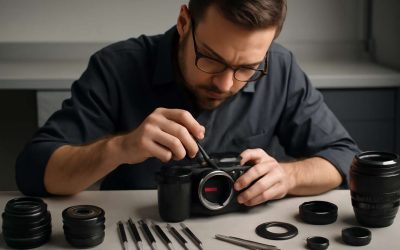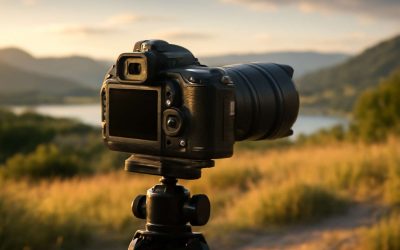
Not long ago, telephoto lenses were pretty boringly uniform across camera brands. But with the release of Nikon’s Z-mount mirrorless system, we now have a wide selection of outstanding options. From a wide-angle zoom to a super telephoto 800mm lens, there’s something for every type of photographer.
And, with the FTZ adapter, legacy AF-S and AF-C lenses can also be used on a Nikon Z body. That’s an impressive 60 years worth of Nikon glass to choose from, and it will benefit from the silent shooting, low-light performance, and in-camera image stabilization of the latest Nikon cameras.
The 200-500mm f/5.6E is a remarkable lens, combining an impressively broad telephoto range with a light and compact build. And, despite its size and power, it’s actually fairly affordable compared to other Nikon telephoto lenses.
To do this, it uses a stepping motor autofocus system and optical image stabilization, both of which are very effective. And, it’s weather-sealed and provides 5.5 stops of vibration reduction for better shooting in rough conditions.
Another impressive feature of this lens is its built-in 1.4x teleconverter. Unlike traditional teleconverters, which degrade image quality, the NIKKOR TC-14E is designed specifically for this lens, and it provides a substantial increase in reach without any loss of autofocus speed or image quality.
Nikon also added a focus limiter switch, which helps to avoid focusing on subjects that are too close. It’s a great option for wildlife photographers who want to limit the amount of light that reaches their sensor and improve image sharpness.
If you need even more reach, you can mount Nikon’s 1.4x or 2x teleconverters to this lens and still get excellent image quality. And, this lens is a member of the S line, so it’s rugged and weather-resistant to handle harsh conditions.
It’s a very good all-around telephoto lens, which is why it’s one of my favorite Nikon lenses. It can be used for landscapes and portraits, but it’s really ideal for wildlife photography. It’s quiet and fast to autofocus, which is a big help when you’re trying to capture moving subjects.
The only downside to this lens is its price. But, if you’re willing to spend more than $3,000 on a lens, it can provide exceptional image quality and a host of other features. And, if you’re buying a lens that is this expensive, it’s best to do your research before making a purchase to make sure you’re getting the most out of your money. For more information, check out our complete review of the Nikon 400mm f/5.6E IF-ED NIKKOR Z.



0 Comments